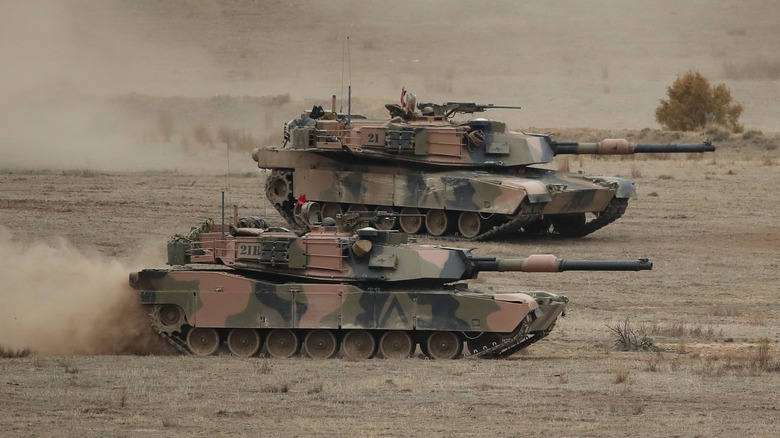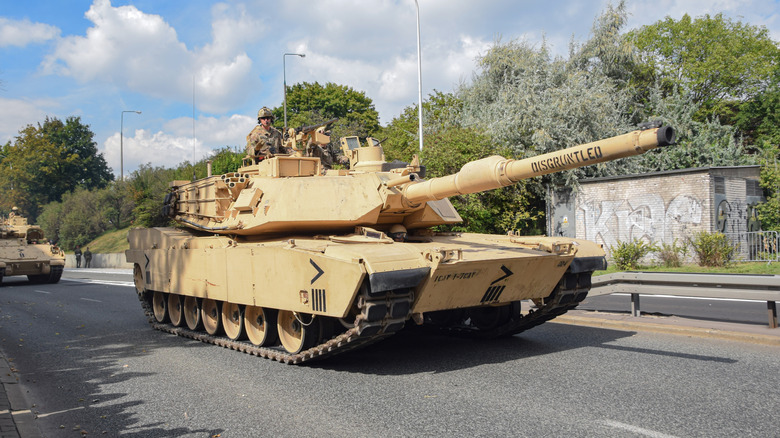M1 Abrams Top Speed: How Fast Is The Tank?
The M1 Abrams is a formidable weapon of war that has been around for over four decades. In that time, the main battle tank has established itself as an enduring symbol of American military might on land. Since its introduction, the M1 Abrams has consistently proven its mettle in battle, demonstrating brutal efficiency with a combination of devastating firepower and robust armor protection.
However, another key component of the tank's success on the battlefield is its speed and exceptional maneuverability. The M1 Abrams battle tank weighs anywhere from 62 tons to 73 tons, depending on the variant and the add-ons, such as extra armor protection. It is one of the heaviest tanks in service today, and yet it is also one of the fastest military tanks ever built. The M1 Abrams can hit a top speed of 45 mph (72 kph) on level ground, an impressive feat for a tracked vehicle that weighs more than six Type C school buses, which each have capacity for 70 passengers.
The speed is attributed to a punchy powerplant packed within the M1 Abrams' armored frame. Supplied by Honeywell Aerospace Technologies, the AGT1500 is the gas turbine engine that has powered the M1 Abrams tank since inception. As the name implies, the engine is rated at 1,500 shaft horsepower with 2,750 lb-ft of peak torque from just 3,000 rpm. Even better? The M1 Abrams tank can fire its 120mm main gun while on the move, allowing it to fully exploit its mobility on the battlefield. It does not have to stop to engage the enemy, significantly reducing its vulnerability.
Can the M1 Abrams go even faster?
The M1 Abrams tank may well be a brisk mover, but there's no denying that its considerable weight is among its weaknesses. It's a lot to haul around. The U.S. Army is aware of this and is already taking steps to trim the weight of one of the largest military tanks ever made. In 2024, Defense News reported that the U.S. Army had awarded a contract to General Dynamics Land Systems (GDLS), the manufacturer of the Abrams tanks. In summary, the brief was to kickstart a preliminary design of a new M1 Abrams variant. Along with integrating cutting-edge technology to boost its battlefield survivability, weight reduction is also a critical requirement.
First introduced in 1980, the M1 Abrams tank has steadily gained weight with each variant. The latest iteration, the M1A2 SEPv3, weighs a whopping 73.6 tons! This is unsustainable, with the Army acknowledging that the weight growth curtails the tank's tactical transportability. GDLS has been tasked with bringing the weight of the Abrams tank under 60 tons, an ambitious target but one that could mean an increase in the top speed of the battle tank. Some of the proposed changes under consideration include modifications to the crew configuration or adopting a remote turret.
Modernization efforts for the Abrams tank are currently on the fast track, with the new Abrams tank variant, dubbed the M1E3 for now, expected within 30 months. The result could very well be a faster, lighter, next-generation platform that ensures that the M1 Abrams continues to be a relevant force in the face of evolving battlefield requirements.

